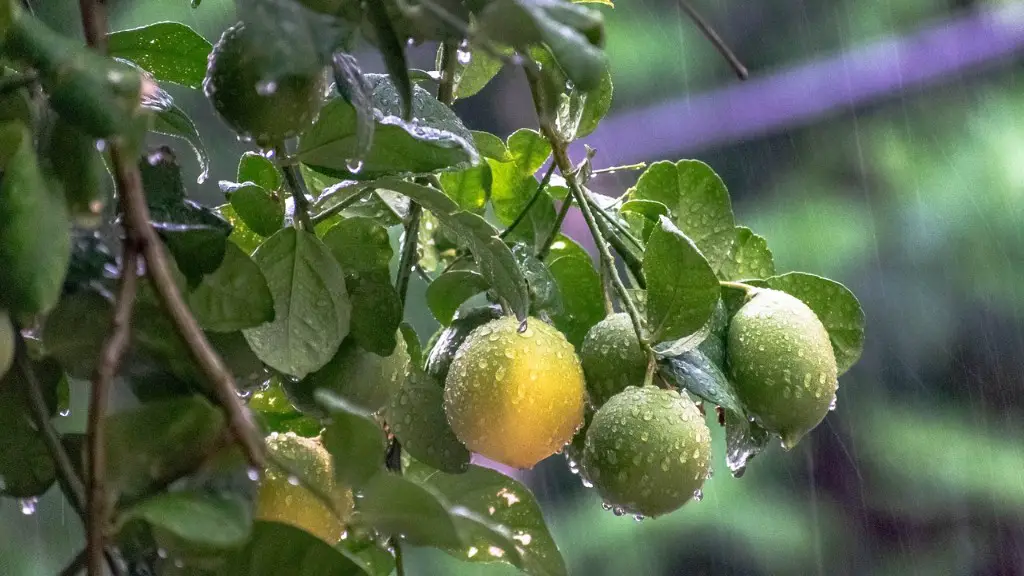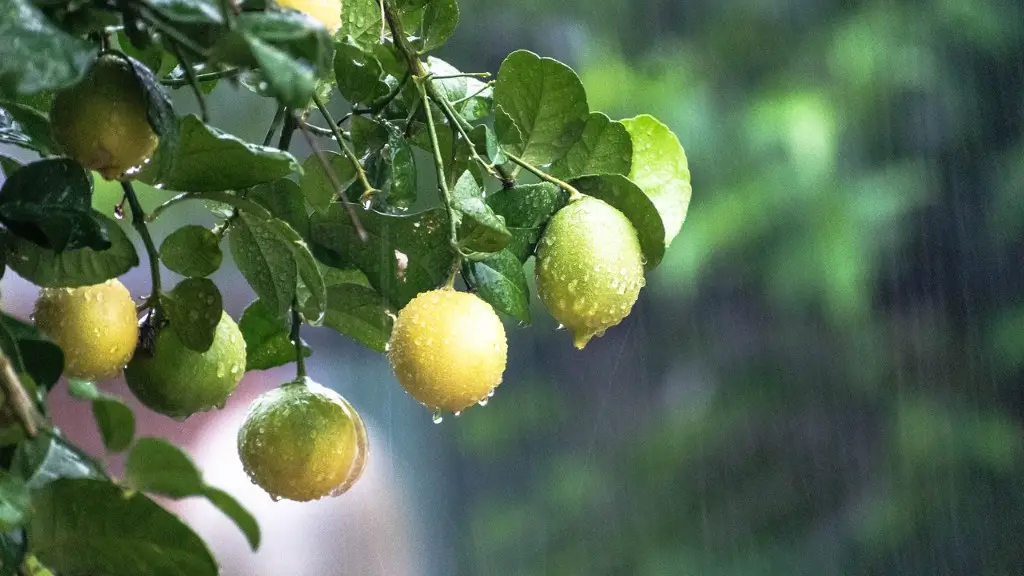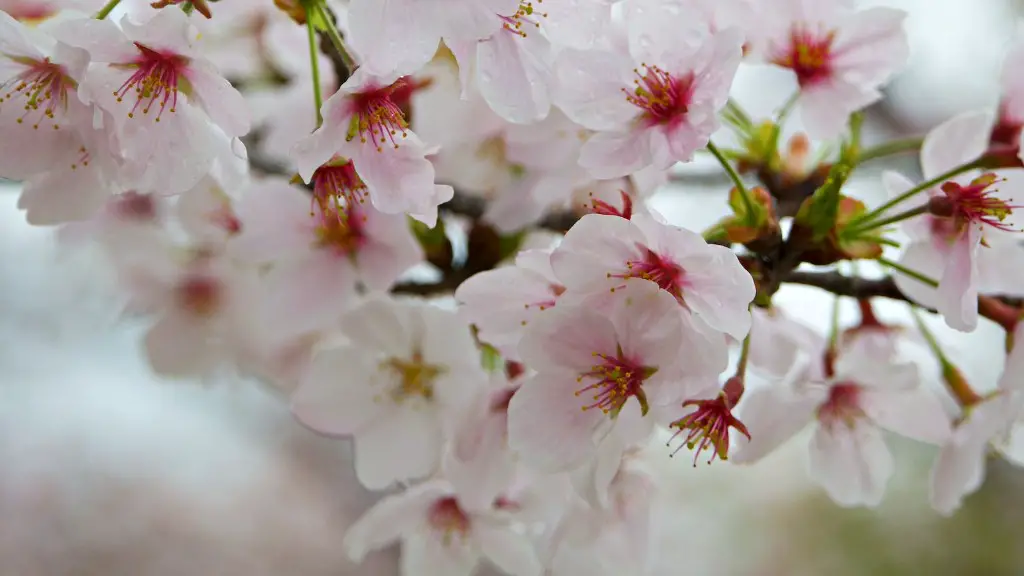When is Best Time to Prune Lemon Tree?
Any gardener can tell you that pruning your lemon tree is a vital part of its maintenance. Pruning your lemon tree correctly – and at the right time – can increase its health, enhance its growth and even result in a higher crop yield. So, when exactly is the best time to prune a lemon tree?
Generally speaking, the best time to prune a lemon tree is during spring or early summer, when the tree is actively growing. Aim to prune your lemon tree right before its spring growth spurt, between February and April, when the soil has warmed up. Although, if you do miss this time window, you can still prune it during the end of summer as long as you don’t prune back frost-sensitive new growth.
When pruning your lemon tree, you want to remove any dead, diseased or damaged branches, as well as any branches that are growing inwards and rubbing against each other. You’ll also want to shape your tree, removing any branches that interfere with your patio or walkways. Lastly, you’ll want to thin out crossed branches, as this can let in more light and air circulation. Make sure to use clean and sharp pruning tools to prevent diseases spreading.
If your lemon tree is at the bearing age – or if your lemon tree already carries fruit – you will also want to thin out the fruit. Thinning out the fruit on a lemon tree can help the fruits to grow bigger, as well as make it easier to keep the tree healthy. You can thin it out by removing every other lemon, leaving 12 inches between each remaining fruit.
It’s important to remember that pruning your lemon tree too much can hinder its growth. Aim to only prune one-third of the tree each year. If you do need to prune more than this, do it over the course of two or three years.
In summation, it is best to prune lemon trees during the spring or early summer months, when the tree is actively growing. When pruning, make sure to remove any dead, diseased or damaged branches, as well as any branches that are growing inwards and rubbing against each other. After pruning, leave 12 inches between any remaining fruits on the tree, remembering not to prune more than one-third of the tree each year.
Types of Pruning
When pruning your lemon tree, you’ll want to take into consideration the type of pruning you’ll be doing. There are three primary types of pruning you can do: heading, shearing, and thinning. Heading involves shortening branches, typically of multiple-stemmed shrubs, to an outward-facing bud or side branch at a lower point of the shoot. Shearing, sometimes referred to as hedging, involves the removal of large sections of branches, typically to a predetermined and uniform size and shape. Lastly, thinning involves the targeted removal of entire branches, at a more selective level.
When looking to prune a lemon tree, thinning is likely the best option. This type of pruning can help specifically to achieve better light and air exposure, as well as less competition amongst branches. For example, when thinning a lemon tree, you will want to remove any branches that are competing for light or growing inwards and rubbing against one another. Thinning is a type of pruning that can help to decrease the density of branches and increase the overall health of your tree.
Additionally, when pruning a lemon tree it is also important to inform your decisions based on the tree’s age and condition. For new growth and younger branches, you’ll want to prune little and more lightly. For more mature trees, you will want to adopt a more aggressive approach, especially when it comes to removing dead, diseased or damaged branches.
Finally, when pruning your lemon tree, it is also important to consider different pruning techniques. As we mentioned earlier, there are three main pruning techniques: heading, shearing, and thinning. When pruning a lemon tree, thinning is typically the best option, as it helps to achieve better light exposure and decrease branch competition. Moreover, the age and condition of the tree should also be taken into consideration, as young shoots can require more delicate pruning.
Pruning Tools
When it comes to pruning your lemon tree, it’s important to have the right tools. You’ll want to make sure you have a good pair of pruning shears, saws, and loppers. Pruning shears are best for heading and thinning, whereas saws and loppers are better for larger branches and for shearing away larger sections.
You’ll want to make sure that your pruning tools are top quality, as this can make a big difference. Poor quality tools can be sharp enough to damage the trunk but not sharp enough to cut through branches smoothly. As a result, it is worth investing in a good quality pair of secateurs, saws and loppers to ensure the best pruning results.
Moreover, if you’re going to be pruning your lemon tree with tools, it is important to ensure they are well maintained. You’ll want to make sure they are sharp and clean, as this can help to reduce the risk of disease. Additionally, you’ll want to make sure your tools are stored properly, as this can help to keep them in good condition and make them last longer.
It’s also important to note that some gardeners may prefer to invest in longer-handled pruning tools. This can be useful if you have difficulty reaching the higher branches of your lemon tree, as well as help to reduce strain on your back. Additionally, electric pruning equipment is also available and may make the task of pruning your lemon tree a bit easier.
Pruning Tips
Pruning your lemon tree can be a daunting task for any gardener, so it’s important to remember a few tips and tricks. Firstly, make sure to wear the proper safety gear. This should include a pair of gloves, protective eyewear and sturdy shoes.
Secondly, use clean, sharp pruning tools. Dull tools can damage the tree and can spread disease, so it’s important to keep them well maintained. Furthermore, it’s best to prune trees during dryer days, as this can help to prevent the spread of bacterial and fungal diseases.
Thirdly, when pruning, it is important to check that you don’t interfere with any other plants or trees nearby. Make sure you take the time to identify any old or weak branches that could come down. Also, it is best to avoid pruning in the heat of the day, as this can damage your tree.
Fourthly, when pruning, it is also important to remember to prune each branch back to an outward-facing bud or side-branch. This can ensure more proper regrowth from the cut, as well as promote more vigorous shoot and branch growth.
Finally, it is important to remember to keep the branches from getting too heavy. This can cause more stress on the tree, leading to more damage and potential breakage. If a branch has become too heavy and is drooping, consider reducing its weight by pruning it back to a lower point. If a branch is dead, it should be pruned back to the main trunk.
Post Pruning Care
Once you’re done pruning your lemon tree, it’s important to remember to take additional post pruning care. Firstly, you’ll want to remove all of the pruned material from around the tree. This can help to prevent the spread of disease, as well as help to prevent pests from accessing your lemon tree.
Secondly, apply a general-purpose fertilizer to the area around your tree. This can help to provide the essential nutrients your tree needs to heal and thrive. You can apply a general-purpose fertilizer every six months, or as recommended by your local grower.
Thirdly, water your tree thoroughly. Pruning can cause stress and shock to your tree, so it’s important to make sure it has the water it needs to begin the healing process. To ensure your tree remains healthy and vigorous, water it regularly during the growing season.
Additionally, it’s important to note that you may notice some leaves turning yellow and dropping shortly after pruning. This is normal and is nothing to worry about. However, if you notice any stems or branches dying or wilting, this can be an indication of a more serious problem, such as root rots or canker diseases. If this is the case, you may want to contact an expert to help diagnose the issue.
Finally, if you do notice any pests on your lemon tree, contact a pest control specialist. They can assess the situation and determine the best method of eradication. Furthermore, if you’re concerned about potential fungal or bacterial issues, contact your local nursery or extension office for further advice.




